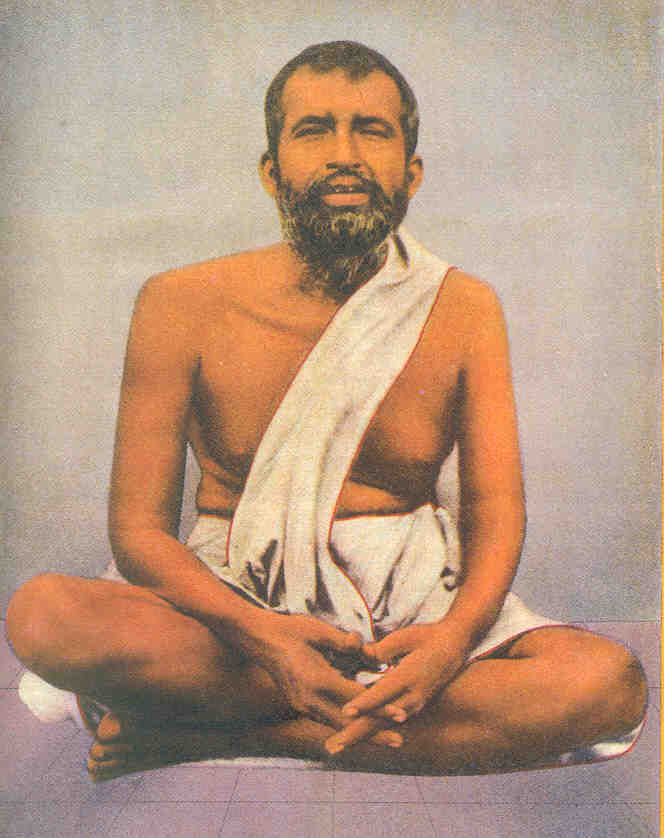A Summary of the Srimad Bhagavatham : Ch-5. Part-14.
5: Narada Instructs Yudhisthira on Ashrama Dharma :
Part-14.
So, the life of Sannyasa is a wondrous concept of the perfection of the values of life, which is what Narada tells Yudhishthira in the Seventh Skandha of the Srimad Bhagavata, wherein the upasana culminates into actual absorption. In the condition of Sannyasa, the meditation is not an upasana in the sense of being near an object of meditation, but becoming the object of meditation itself. That is the point that distinguishes Sannyasa from the Vanaprastha stage. The Sannyasin does not contemplate on something as if it is outside; he himself is that.
The universe has entered him, and he himself is contemplating as the universe: I am what I am. In some Vedanta texts this is called ahamgraha upasana. The catching of the true ‘I’ is called ahamgraha. We have not been able to find this ‘aham’ because we do not know where this ‘I’ is really. We are under the impression that the ‘I’ is in the family, the ‘I’ is in the money, the ‘I’ is in the work that we do, the ‘I’ is in the body, etc.; but it is nowhere. It is in itself only. And that ‘I’ which, as philosophers call it, is the transcendental unity of apperception, has to be caught. It is the true light—atma jyoti.
(B.G. 13.17):
Jyotishamapi tajjyotistamasah paramucyate,
jnanam jneyam jnanagamyam hrdi sarvasya vishhitam
That majesty that you are aspiring for is seated in your own heart, like the twinkling of a star.
That star has to become a conflagration.
Swami Krishnananda
To be continued .....
.jpg)


.jpg)

Comments
Post a Comment